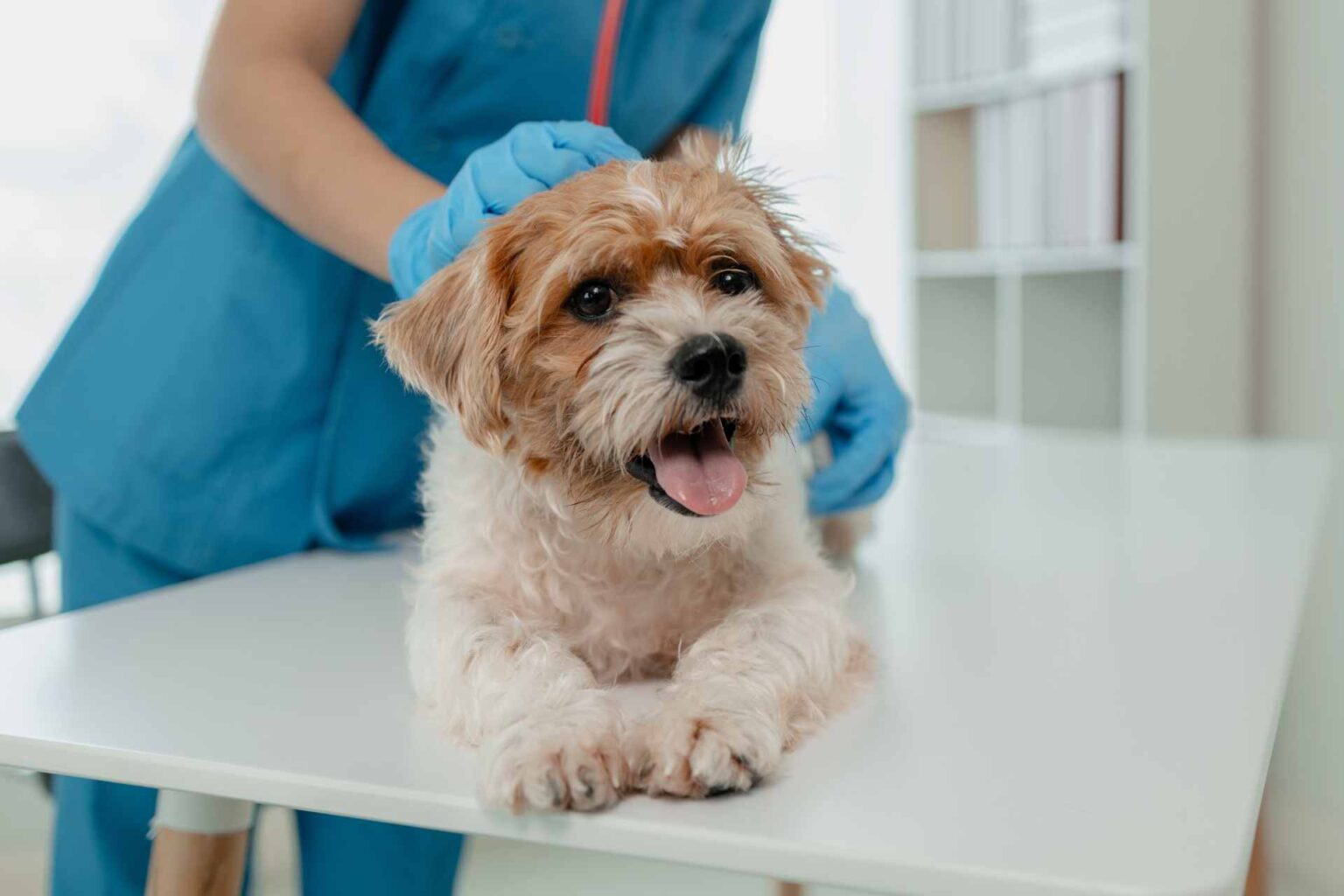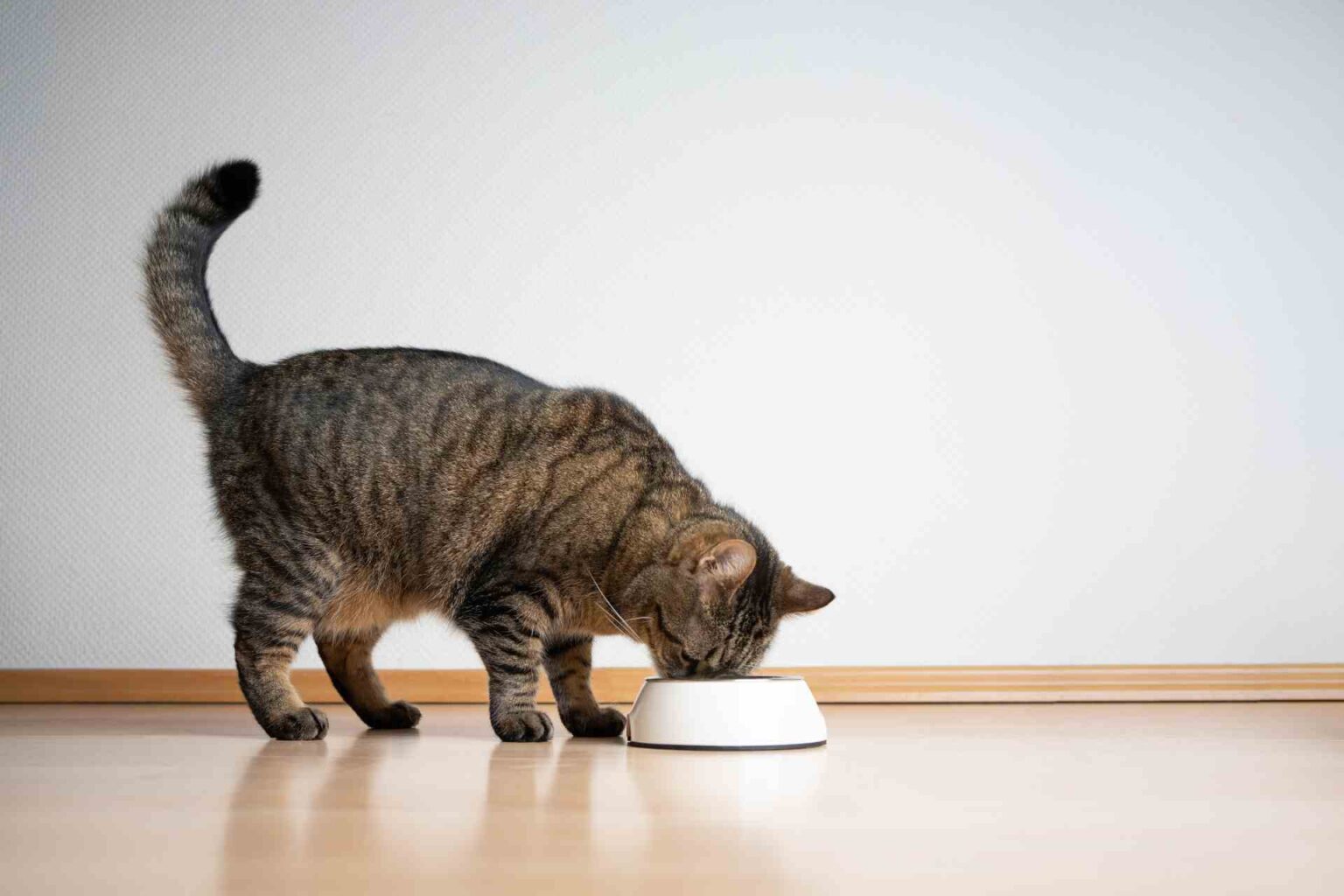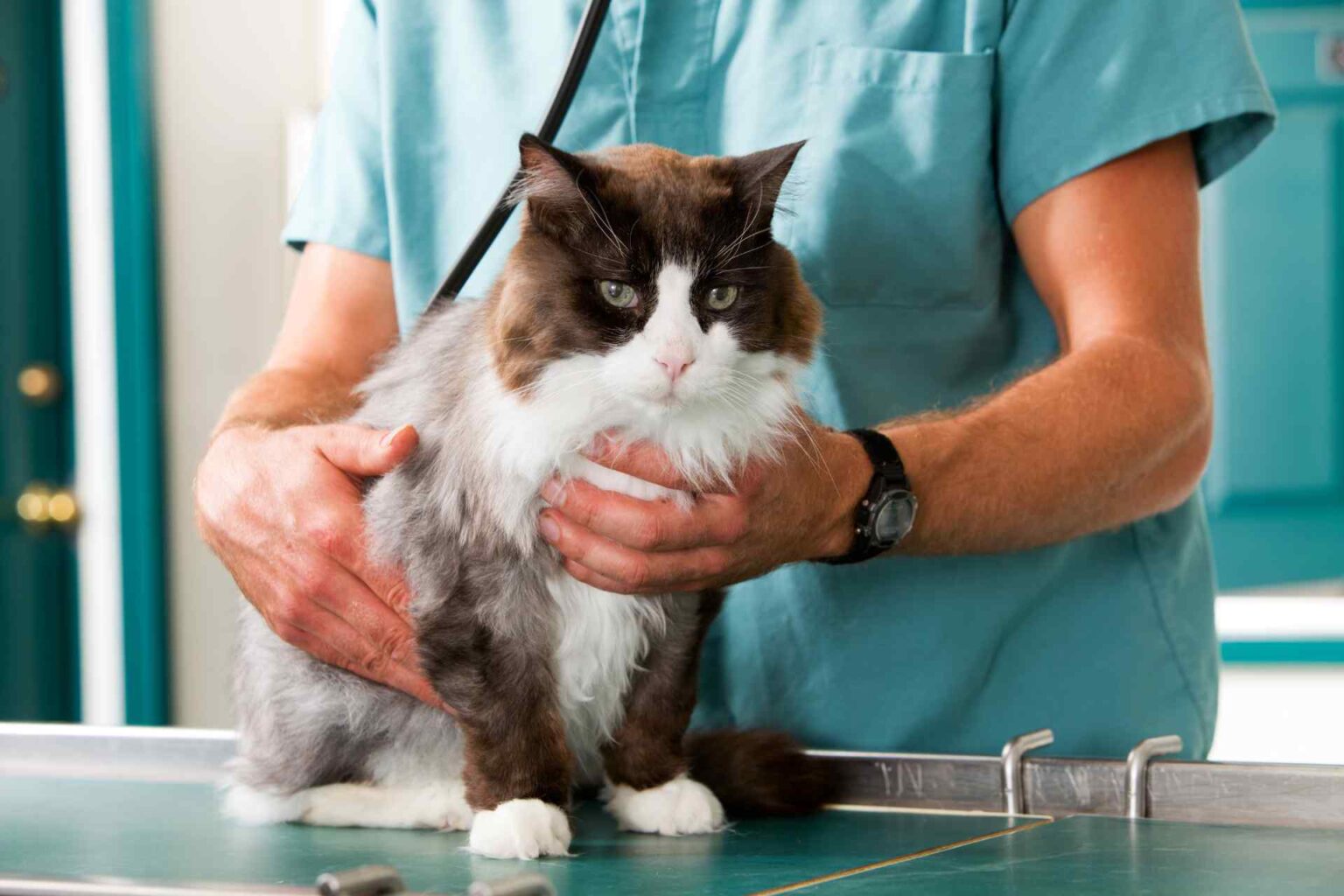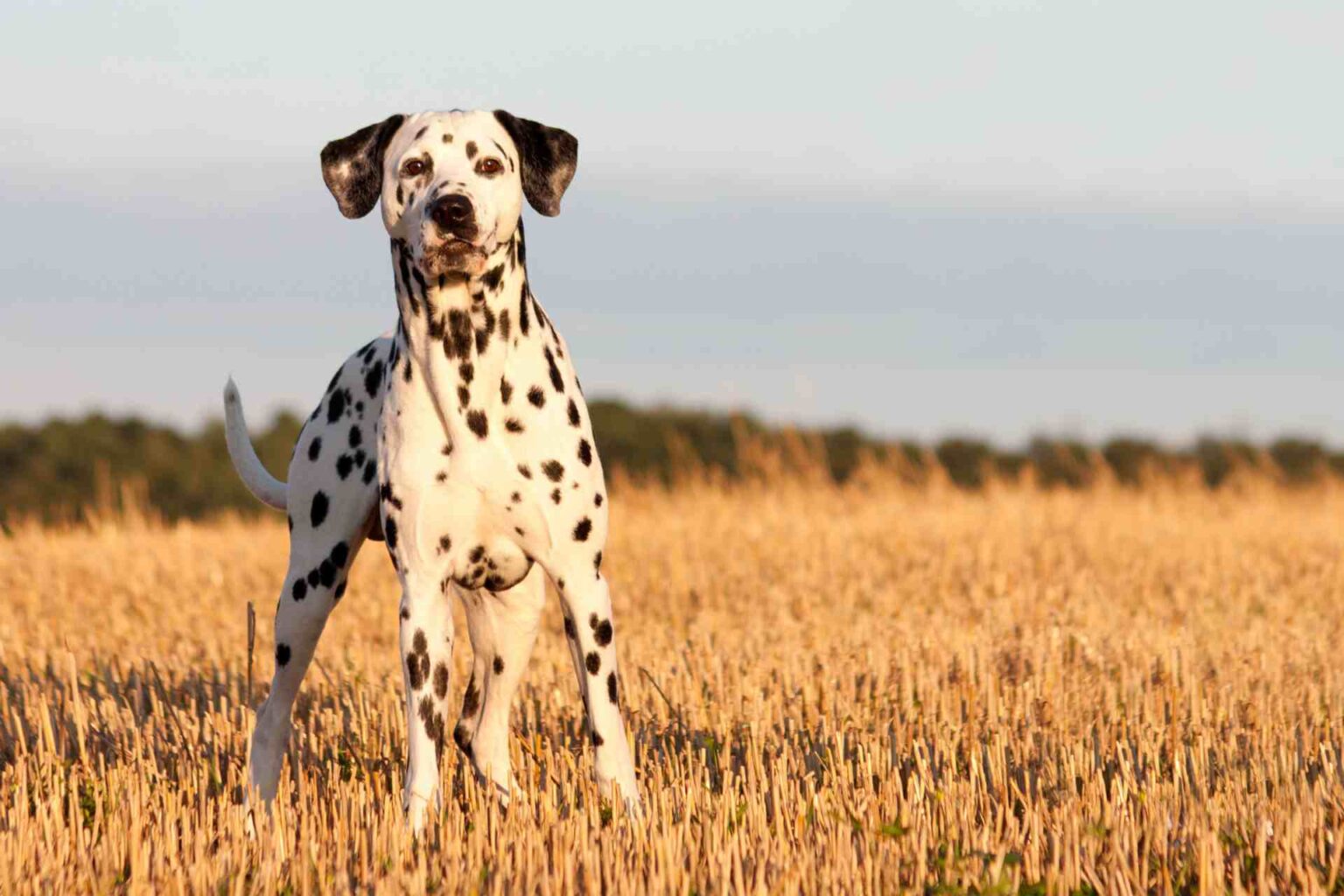In the dog as in humans, the surfaces of the oral cavity exposed to the external environment harbor a large number of bacterial species that form a biofilm: in the healthy individual, a state of equilibrium persists between this biofilm and the local tissues, which are bathed in a fluid rich in antibacterial substances.
Microorganisms, therefore, are harmless until this balance is disturbed: when this happens, for whatever reason, bacteria proliferate and can cause disease locally, typically Gingivitis and periodontitis, but they can also be transported through the bloodstream to other parts of the body, causing diseases of distant and systemic organs.
In a review of the available literature on the topic, Colin Harvey, a veterinarian specializing in periodontal disease, summarized and discussed the currently available knowledge on the relationship between periodontal infections and distant organ disease in dogs
The characteristics and consequences of periodontal infections
Gingivitis and periodontitis are common infections in dogs, although studies show difficulty in giving an overall global prevalence value because of the significant methodological differences used.
Study data indicate that bacteremia, that is, the presence of bacteria in the bloodstream, is a frequent occurrence in dogs with periodontal infections: the occurrence of adverse systemic and distant organ effects depends on the frequency and severity of bacteremia and the body’s ability to respond .
The association between periodontal infection and distant organ effects is documented by several studies, which support the hypothesis of a causal link that, however, cannot yet be documented with solid scientific data. At present, therefore, it is not yet proven that dogs with good oral hygiene will not have organ or systemic diseases.
The distant effects associated with gingivitis and periodontitis, according to the studies reviewed, involve the kidneys, heart, and liver, and are manifested by changes at the microscopic level in the tissues of these organs. Research has shown an increase in blood levels of certain stress indicators, produced in response to the bacterial stimulus in the acute phase, such as C-reactive protein, serum amyloid protein A, and leukocyte count, as the severity of the oral cavity infection increases. Treatment of periodontal infection results in a decrease in the concentration of these substances, and this supports the hypothesis of the existence of a cause-and-effect relationship between periodontal infection and distant organ changes.
Studies also indicate that there is an association in the opposite direction as well: some systemic conditions or those affecting distant organs have a negative effect on oral tissues in dogs: hyperparathyroidism, renal failure, diabetes mellitus. In the latter case, the relationship applies both ways: diabetes is a risk factor for periodontal infection and periodontal infection is a risk factor for diabetes.
The importance of prevention
“Based on the results of the studies reviewed, it can be concluded that allowing gingivitis and periodontitis to develop and worsen is not beneficial to the overall health of the dog,” comments the review author. “Prevention of gingivitis and periodontitis should aim to prevent the development and accumulation of plaque, tartar, and dental calculus with proper oral hygiene, starting as early as the completion of the permanent dentition. To this end, tooth brushing is essential, which can be effectively accompanied by other interventions: diets specifically designed to promote healthy teeth, specific cookies, water additives, gels and toothpastes. A better result can be achieved by combining multiple modes, but the most important aspect is being able to maintain the daily frequency. The prevention strategy should also include periodic oral examination, at least annually, by the veterinarian and professional treatment of teeth when necessary.”
“In conclusion,” says the author, “good oral health ensures that the rest of the body does not suffer the consequences of remote organ abnormalities associated with bacteremia resulting from oral infections.”
Reference
Harvey C. The relationship between periodontal infection and systemic and distant organ disease in dogs. Vet Clin North Am Small Anim Pract. 2022 Jan;52(1):121-137. DOI: 10.1016/j.cvsm.2021.09.004














